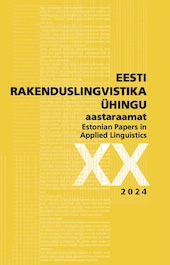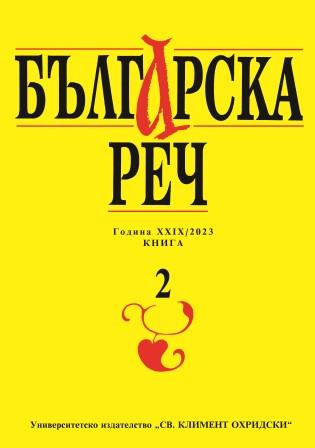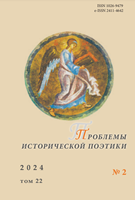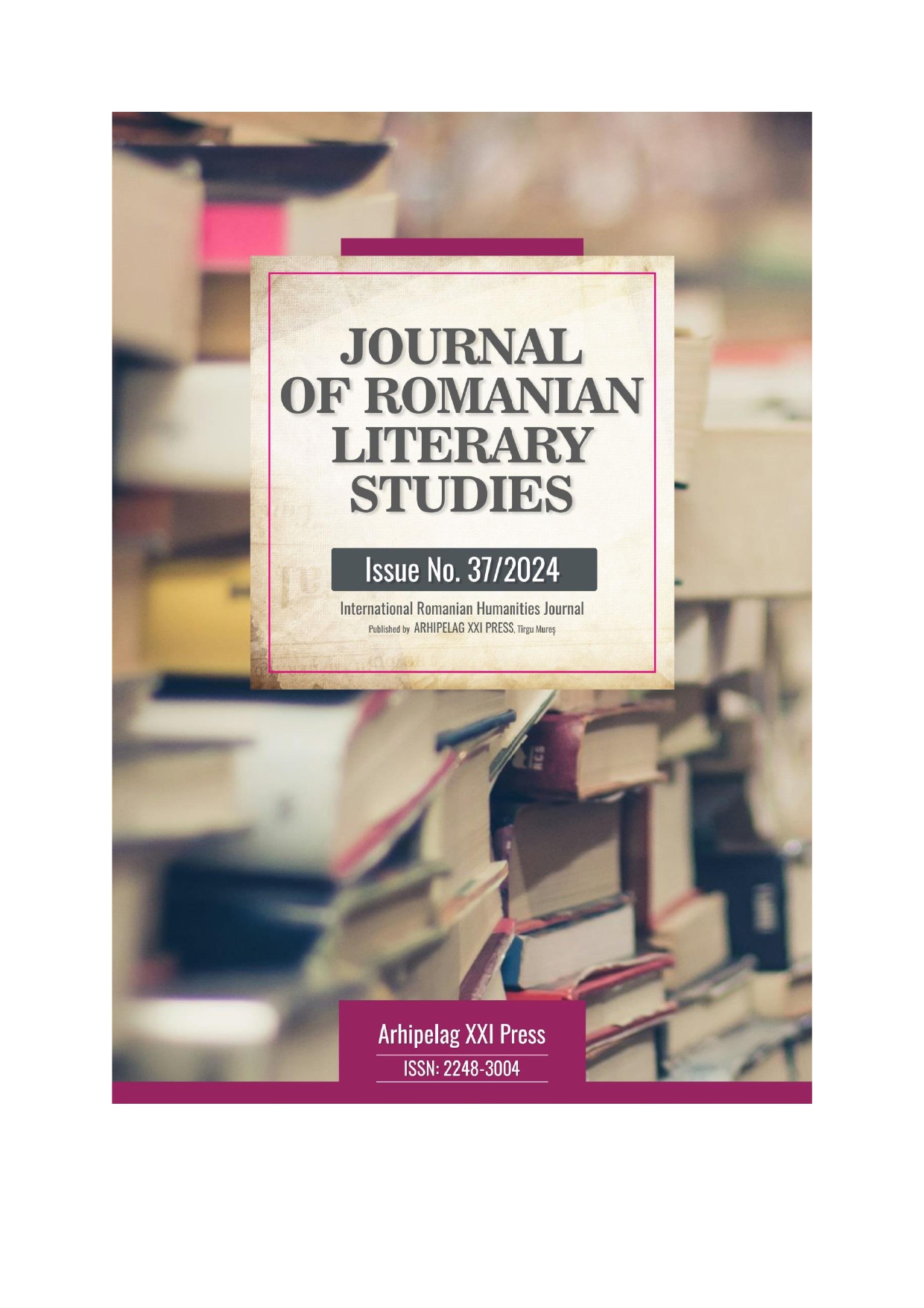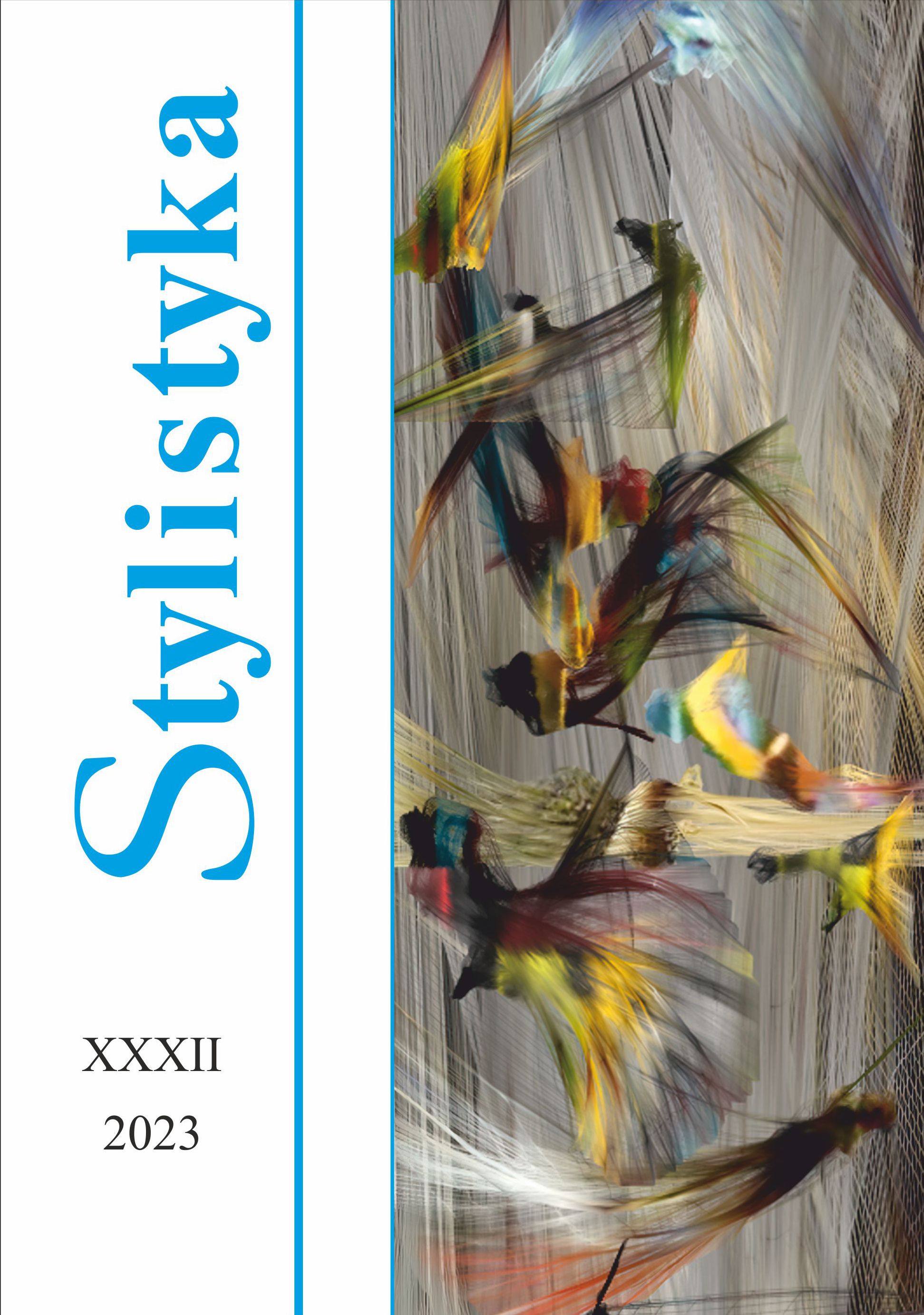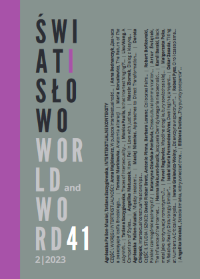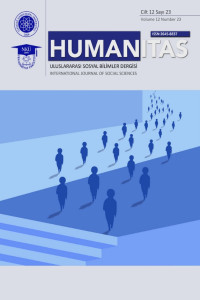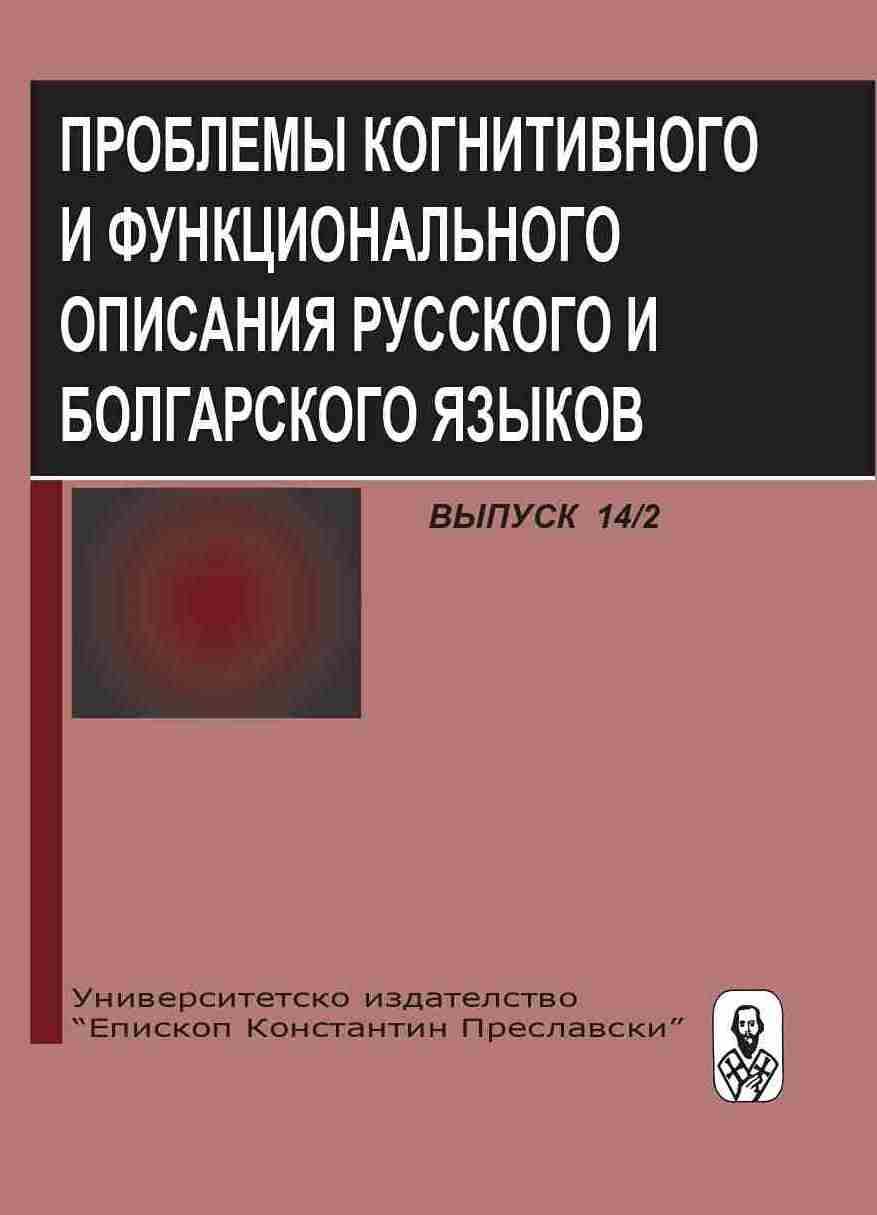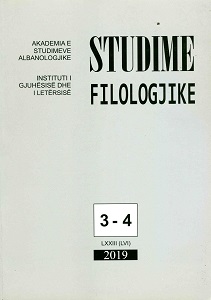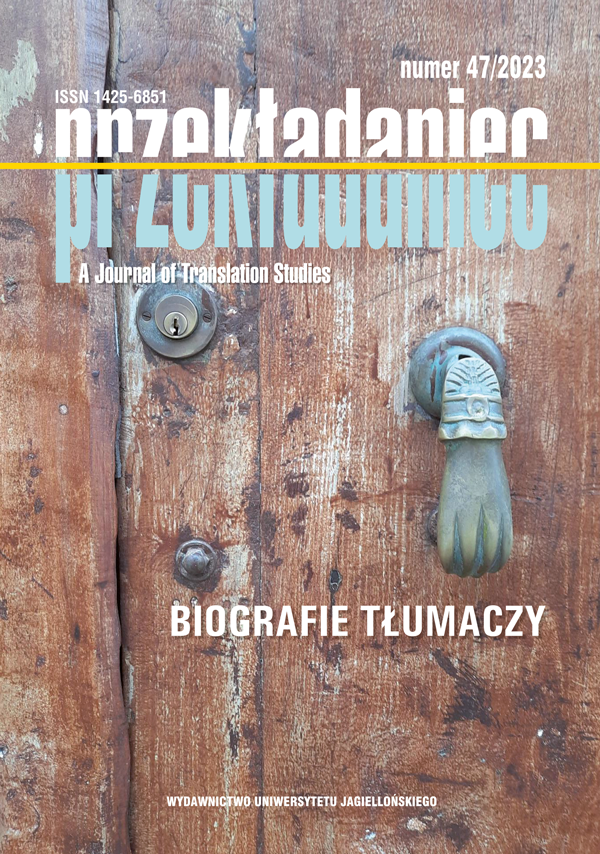
„Nie idzie tylko o poziom przekładu – osobowości nie mniejsza tu przypada rola”. Listowna współpraca Zofii Jachimeckiej z Mieczysławem Brahmerem
The purpose of this article is to complete the portrait of Zofia Jachimecka, who went down in history as an entertainer in one of the most important salons of Interwar Kraków and a model for the great portraitists, with her professional profile, most often presented either in residual form, or all together omitted from works focusing on the translator. The article presents an analysis of Zofia Jachimecka’s professional correspondence with Professor of Romance Studies Mieczysław Brahmer, who worked closely together from 1950 on the publication of the Polish translation of Goldoni’s comedies in the Ossolineum National Library series (Goldoni 1951, 1951, 1971), and later maintained social and professional contact for many years. The collaboration between the editor of the Goldoni editions and the translator, very well documented in the surviving correspondence (found in the Scientific Library of the PAAS and the PAS in Kraków archives and Jagiellonian Library manuscript collection), goes beyond the project and develops into a long-standing exchange of reading experiences, workshop and repertoire choices, comments on works sent to each other, as well as information on literary and repertoire news, which clearly show that in many fields it was Jachimecka, and not Brahmer, who assumed the role of the expert on Italian and French literature. According to the letters, Brahmer tries to help the translator to, among other things, find a publisher for the Pirandello dramas she translated, while Jachimecka repeatedly suggests Italian readings to the professor, and helps him find his way through the maze of contemporary literature. The article draws attention to the considerable issue of cooperation in resolving financial matters and Brahmer’s intermediation not only in the negotiations of remuneration for the translator for the volumes prepared jointly, but also when the professor was not directly involved in the project. The article is supplemented by an appendix presenting a compilation of Jachimecka’s theatrical translations.
More...
